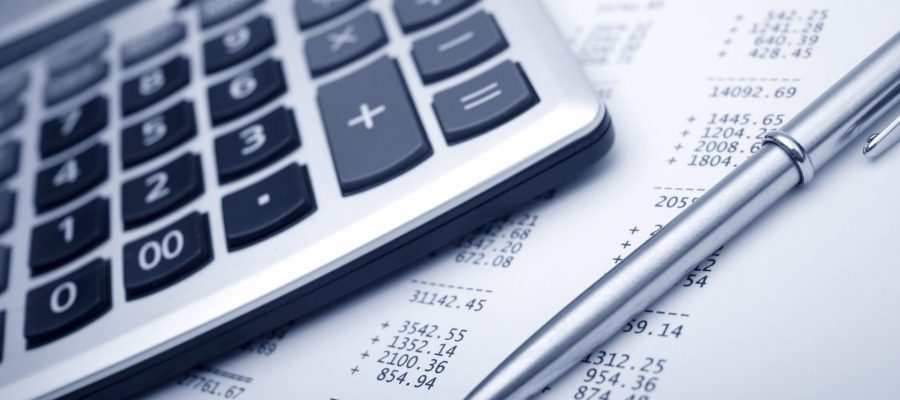The Federal Government’s Coronavirus Supplement has been extended for a further three months. The Supplement payments were due to end on 31 December 2020, but the latest extension will allow them to run until 31 March 2021, which will be welcome news for many individuals still struggling with unemployment and other economic difficulties associated with the COVID-19 pandemic. However, the Supplement rate will be further cut from 1 January 2021 to $150 per fortnight.
The supplement was originally introduced in April 2020 at a rate of $550 per fortnight, which effectively doubled the rate of certain social security payments, including JobSeeker, Youth Allowance and Austudy. Individuals eligible for these payments received the full amount of the $550 Coronavirus Supplement on top of their payment each fortnight, lifting the total payment to $1,100 for most people.
The initial supplement was extended until 31 December 2020 at $250 per fortnight, and while the latest extension may be welcome news for unemployed or underemployed Australians, the supplement will now be further reduced to $150 per fortnight from 1 January 2021 (until 31 March 2021).
Previous arrangements that increased the income-free area of the JobSeeker payment to $300 per fortnight will continue from 1 January 2021 to 31 March 2021, meaning that recipients of various payments can earn income of up to $300 per fortnight and still receive the maximum payment rate. The partner income test cut-out will be retained at an increased rate of $3,086.11 per fortnight ($80,238.89 per year), allowing recipients to continue accessing various payments.
Those on various support payments need to also be aware of the return of mutual obligation requirements which apply to recipients in all states and territories except Victoria (at the time of writing). This includes performing tasks and activities in the individual’s Job Plan, attending to tasks in online employment services, and/or attending all appointments with their employment provider either over the phone, online or in person. Failure to fulfil these mutual obligations could lead to suspensions of payments, and penalties.
Former employees, sole traders and self-employed individuals thinking of applying for the JobSeeker payment should also be aware that the assets test now applies, as well as the liquid assets waiting period, which could see those with savings having to wait up to 13 weeks to receive payments.

